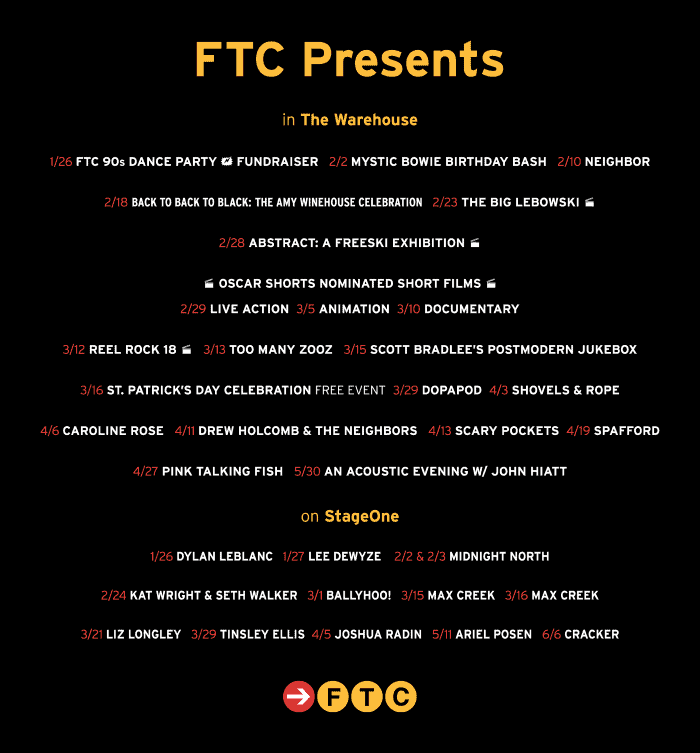 When you think about Native Americans and fashion, your first thought might be (or at least mine was): Beads. Wait, no. Feathers! No; buckskin with fringe. What’s more Native American than buckskin pants worn by some high-cheeked hunter about to shoot a deer?
When you think about Native Americans and fashion, your first thought might be (or at least mine was): Beads. Wait, no. Feathers! No; buckskin with fringe. What’s more Native American than buckskin pants worn by some high-cheeked hunter about to shoot a deer?
Well… how about a Louis Vuitton arrow quiver?
That’s just one of the beautiful and unsettling items on display at “Native Fashion Now,” an exhibit at the National Museum of the American Indian in Manhattan, just opposite the Bowling Green subway stop. Admission, by the way, is free—the museum is part of the Smithsonian.
Step into the exhibit and you are surrounded by the kind of beauty and boundary-pushing you’d expect at a fashion show, not a pow-wow—and that’s the whole idea. While most non-indigenous Americans may think of native fashion as whatever the “bad guys” wore in some cowboys and Indians movie, Native Americans themselves have been designing chic clothing since at least the 1950s.
That’s when Lloyd “Kiva” New burst onto the scene. Trained at the Art Institute of Chicago, the Cherokee designer went on to open a boutique in Scottsdale, Arizona, that was so popular, you could buy his dresses in New York and Beverly Hills. Neiman Marcus carried his clothes. He hobnobbed with the Kennedys. When New came out with a line of leather handbags inspired by Navajo medicine pouches, they were the Birkin bags of their day: Everyone wanted one.
His genius was to straddle both cultures. He used beads, yes, and native symbols and colors, but his dresses on display at the show were classic ’50s and ’60s silhouettes. Think of the first cocktail dresses Barbie wore. She’d look great in New’s.
Frankie Welch, New’s friend and sometime collaborator also of Cherokee extraction, incorporated native designs and even basketry patterns into her work, too. From the ’60s through the ’80s, her styles were so popular, she designed clothes for five first ladies and seven presidents. Her most celebrated creation was the Cherokee Alphabet scarf, an accessory she designed in 1966 when Virginia Rusk, the secretary of state’s wife, asked her to come up with an “all-American design.” What could be more all-American than Cherokee?
While Welch continued designing, New pivoted in the early ’60s and opened the Institute of American Indian Arts in Santa Fe, New Mexico, which to this day serves as an incubator for Native American fashion. Karen Kramer, curator of the “Native Fashion Now” exhibit, goes to the annual Indian Market there, which has grown to a gathering of 1,000 artists. While the market had always held a “traditional clothing” contest, Kramer said, “I started noticing more and more contemporary native fashion making its way on to the scene.”
That was the inspiration for this show, which debuted at the Peabody Essex Museum in Salem, Massachusetts, where Kramer works. “There are a lot of things in this show that might not look quote-unquote ‘Native American,'” she said. “But why is that? Everything in the show IS Native American, so it should look native whether there are symbols and patterns you recognize or not.”
Most of the clothes are, simply, strikingly gorgeous.
For instance, there’s an Oscars-worthy gown of orange and black swirls accompanied by a spiky headdress made of, as it turns out, porcupine quills. The ensemble is worn with a short cape of shiny black feathers as sexy as it is stunning, fastened with a sparkly beaded choker.
Then there’s the “Old Time Floral Elk Tooth” dress by Bethany Yellowtail, of Apsaalooke (also known as the Crow) and Northern Cheyenne heritage. A sheer black sheath covers a tight ivory-colored mini-dress. The sheath is decorated with elks’ teeth, which Kramer says were the epitome of wealth and style among the Apsaalooke people. That’s because only two teeth per elk are ivory, and considered suitable for adornment. On the dress, they form an outline that is sleek and slightly scary.
But not all the items on display are meant for the red carpet. In a section of the exhibit titled “Activators,” Kramer highlights designer-activists. “Native Americans Discovered Columbus,” says a T-shirt that manages to flip history on its head. Jared Yazzie, of Dine (a.k.a. Navajo) heritage designed that shirt to protest Columbus Day.
“I’m rockin’ the tee today because I am the 500-year resistance,” he wrote on his social media account. “I have been persecuted, stereotyped, hated and killed. I stand strong with my people. I wear the tee to continue the fight and share the truth.”
As with all the clothes in “Native Fashion Now,” the shirt is a startling reminder of the fact that, like America itself, American style has been around for thousands of years, and it just keeps evolving.



